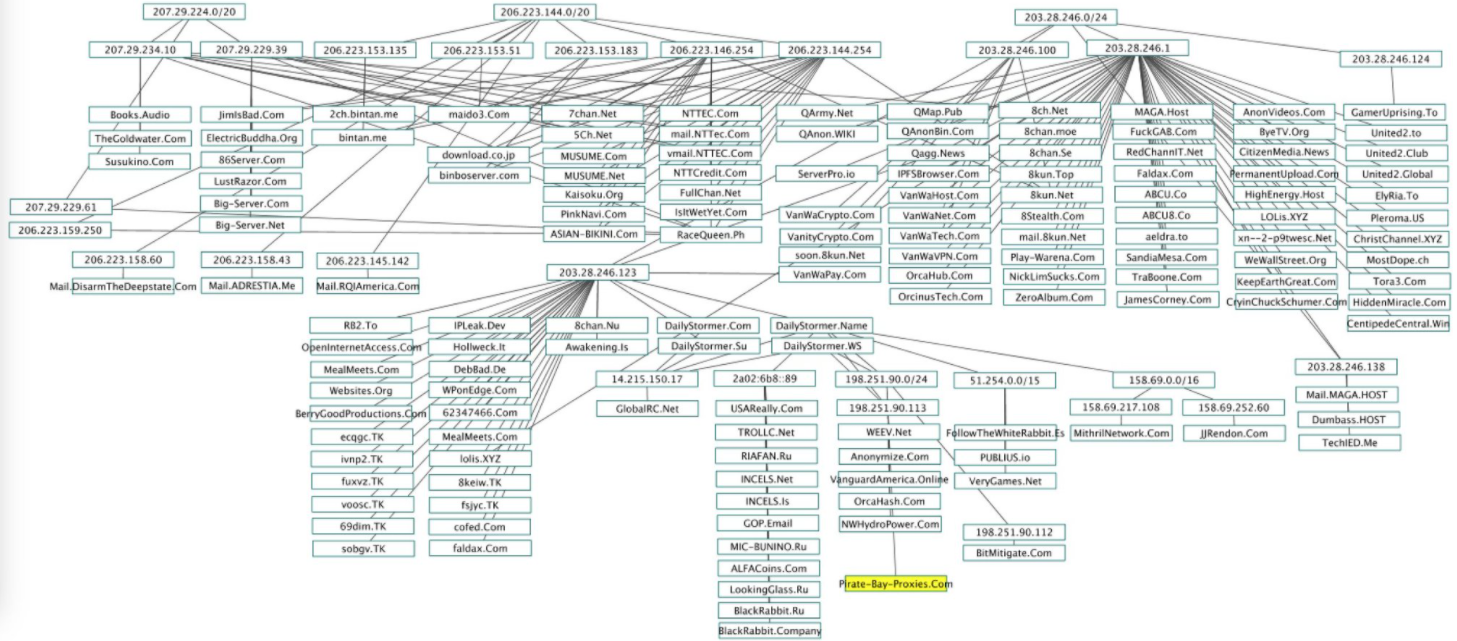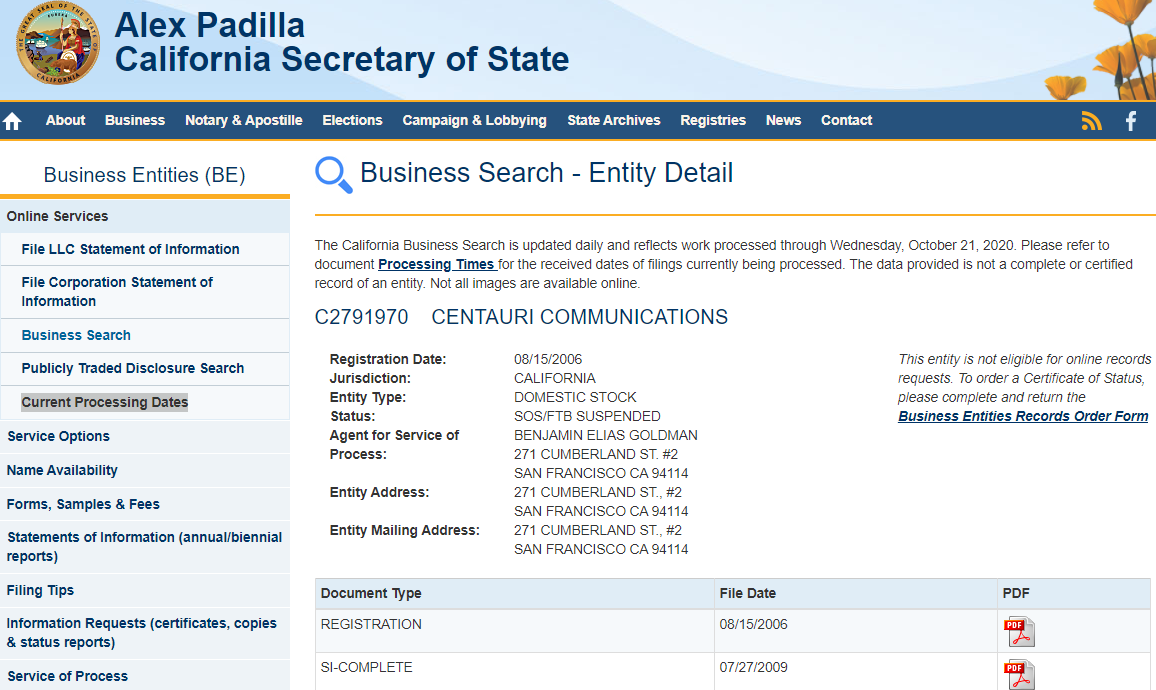Adobe and Microsoft each issued a bevy of updates today to plug critical security holes in their software. Microsoft’s release includes fixes for 112 separate flaws, including one zero-day vulnerability that is already being exploited to attack Windows users. Microsoft also is taking flak for changing its security advisories and limiting the amount of information disclosed about each bug.

Some 17 of the 112 issues fixed in today’s patch batch involve “critical” problems in Windows, or those that can be exploited by malware or malcontents to seize complete, remote control over a vulnerable Windows computer without any help from users.
Most of the rest were assigned the rating “important,” which in Redmond parlance refers to a vulnerability whose exploitation could “compromise the confidentiality, integrity, or availability of user data, or of the integrity or availability of processing resources.”
A chief concern among all these updates this month is CVE-2020-17087, which is an “important” bug in the Windows kernel that is already seeing active exploitation. CVE-2020-17087 is not listed as critical because it’s what’s known as a privilege escalation flaw that would allow an attacker who has already compromised a less powerful user account on a system to gain administrative control. In essence, it would have to be chained with another exploit.
Unfortunately, this is exactly what Google researchers described witnessing recently. On Oct. 20, Google released an update for its Chrome browser which fixed a bug (CVE-2020-15999) that was seen being used in conjunction with CVE-2020-17087 to compromise Windows users.
If you take a look at the advisory Microsoft released today for CVE-2020-17087 (or any others from today’s batch), you might notice they look a bit more sparse. That’s because Microsoft has opted to restructure those advisories around the Common Vulnerability Scoring System (CVSS) format to more closely align the format of the advisories with that of other major software vendors.
But in so doing, Microsoft has also removed some useful information, such as the description explaining in broad terms the scope of the vulnerability, how it can be exploited, and what the result of the exploitation might be. Microsoft explained its reasoning behind this shift in a blog post.
Not everyone is happy with the new format. Bob Huber, chief security officer at Tenable, praised Microsoft for adopting an industry standard, but said the company should consider that folks who review Patch Tuesday releases aren’t security practitioners but rather IT counterparts responsible for actually applying the updates who often aren’t able (and shouldn’t have to) decipher raw CVSS data.
“With this new format, end users are completely blind to how a particular CVE impacts them,” Huber said. “What’s more, this makes it nearly impossible to determine the urgency of a given patch. It’s difficult to understand the benefits to end-users. However, it’s not too difficult to see how this new format benefits bad actors. They’ll reverse engineer the patches and, by Microsoft not being explicit about vulnerability details, the advantage goes to attackers, not defenders. Without the proper context for these CVEs, it becomes increasingly difficult for defenders to prioritize their remediation efforts.” Continue reading















